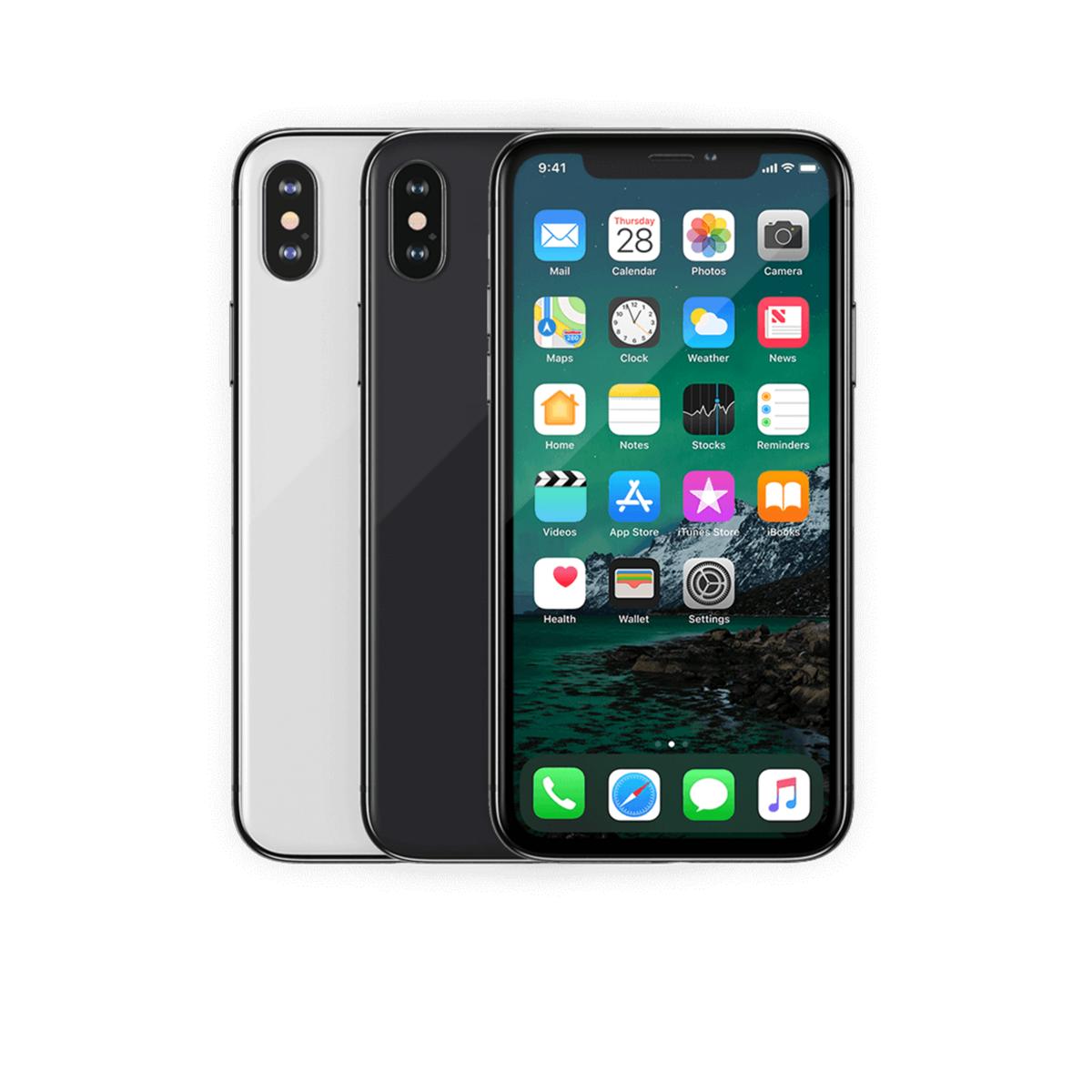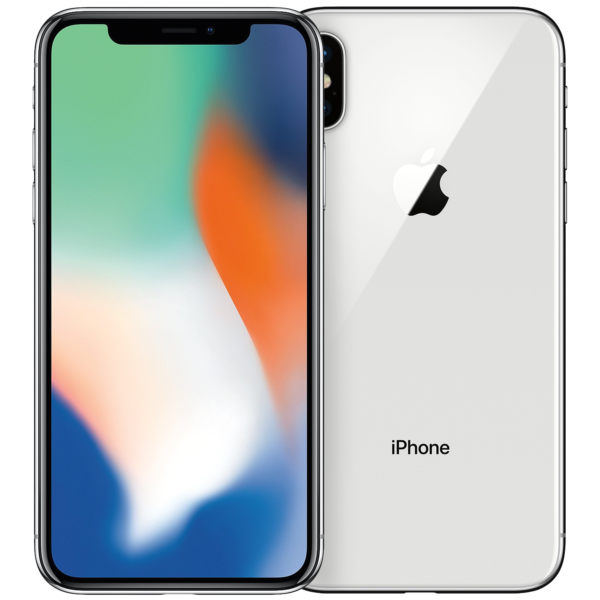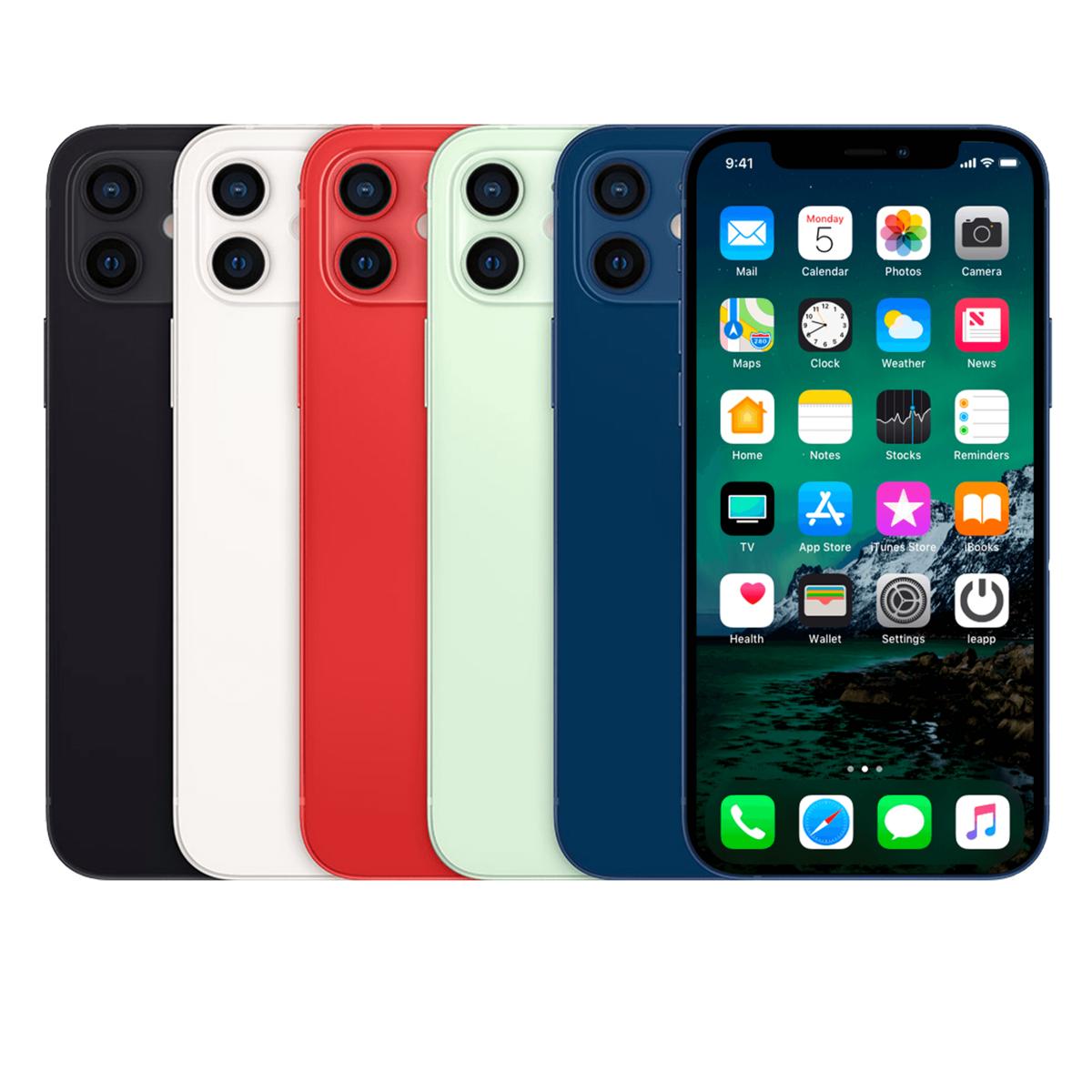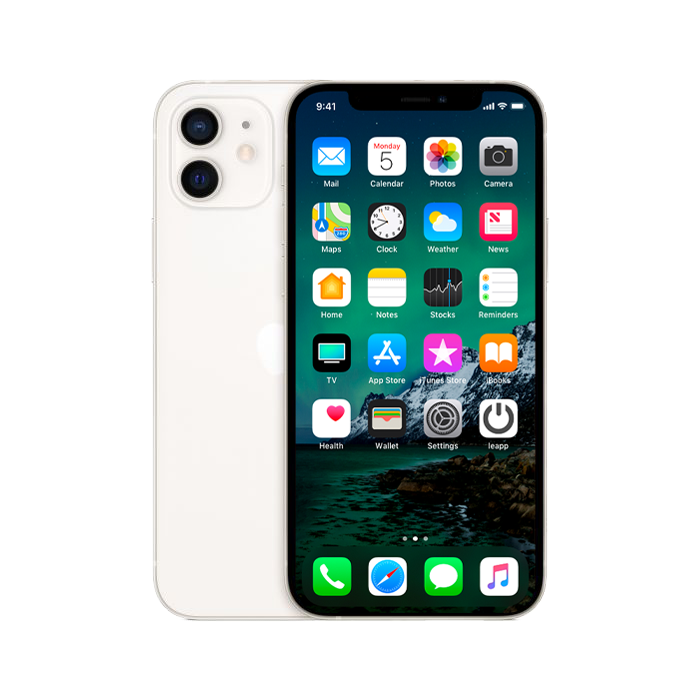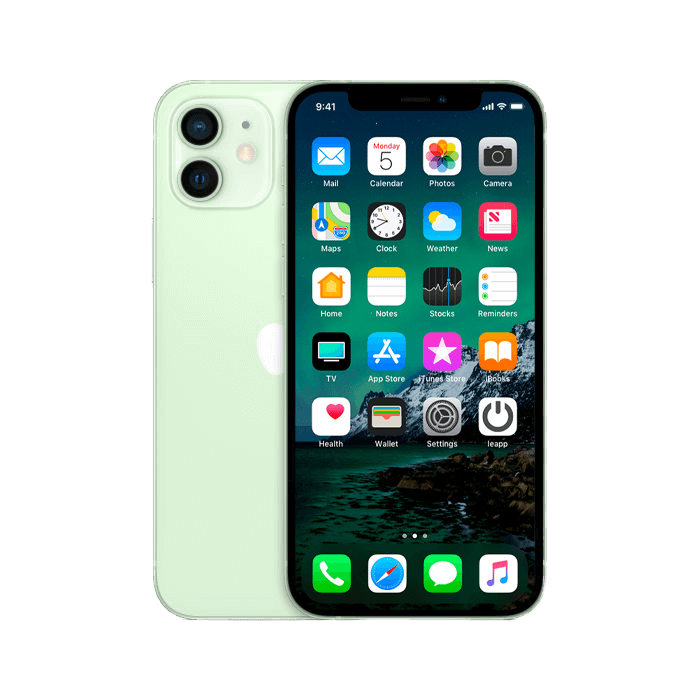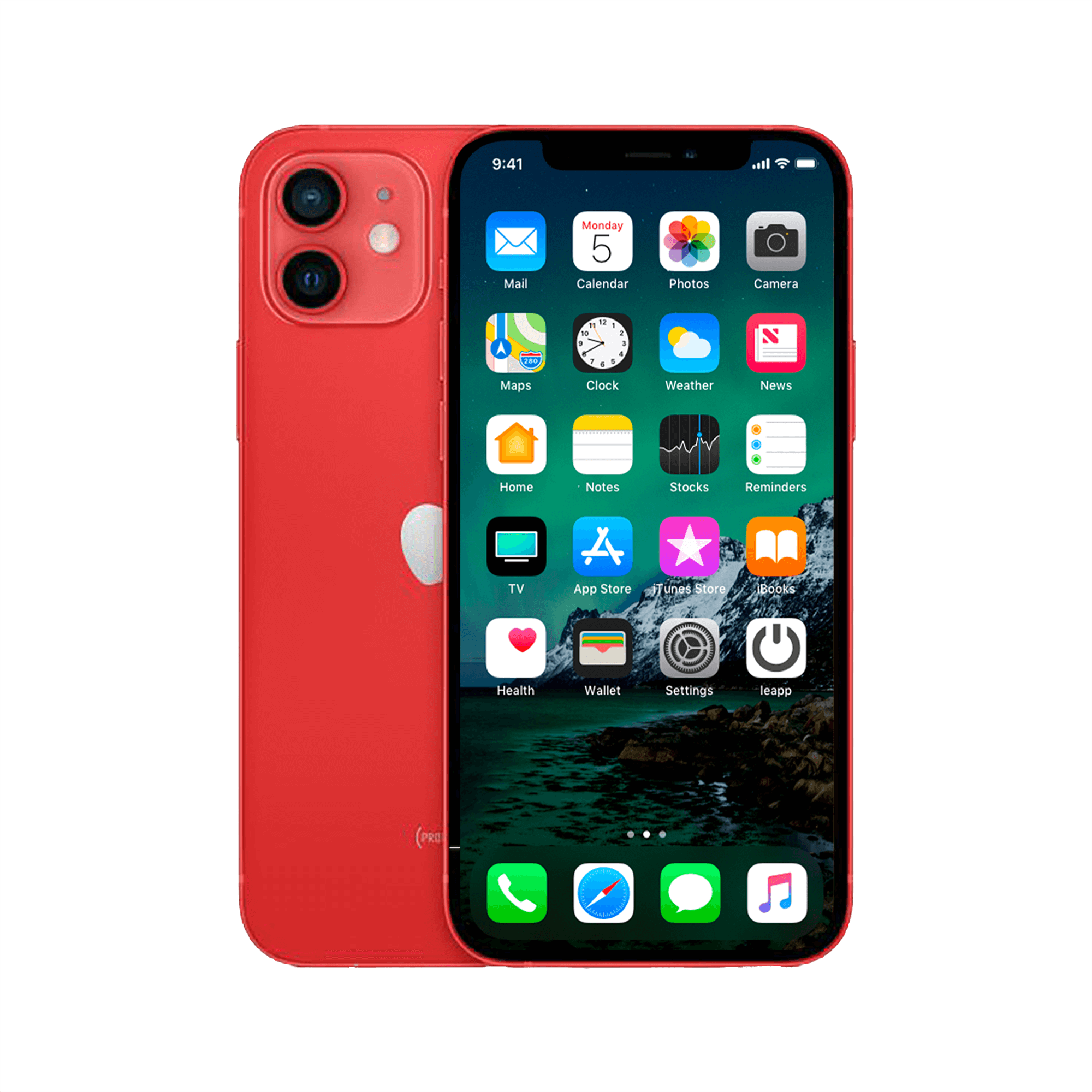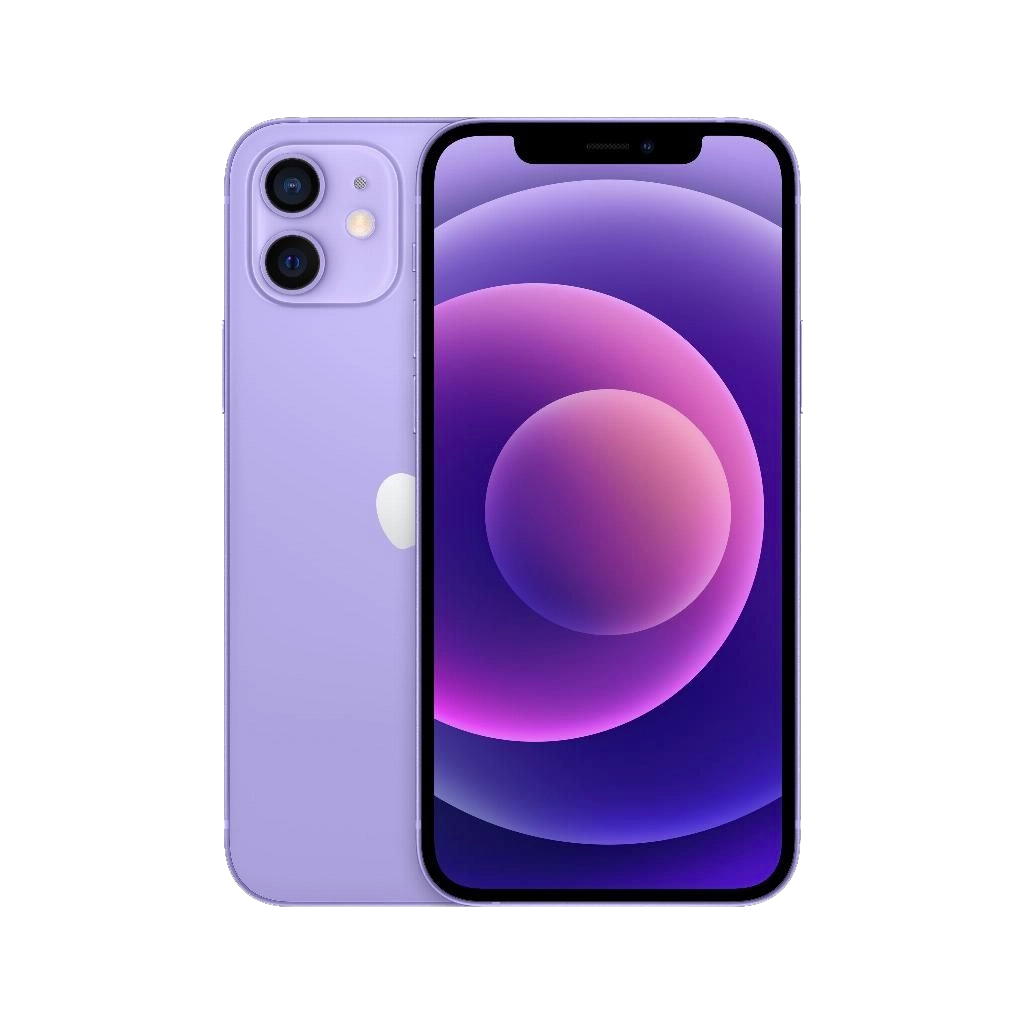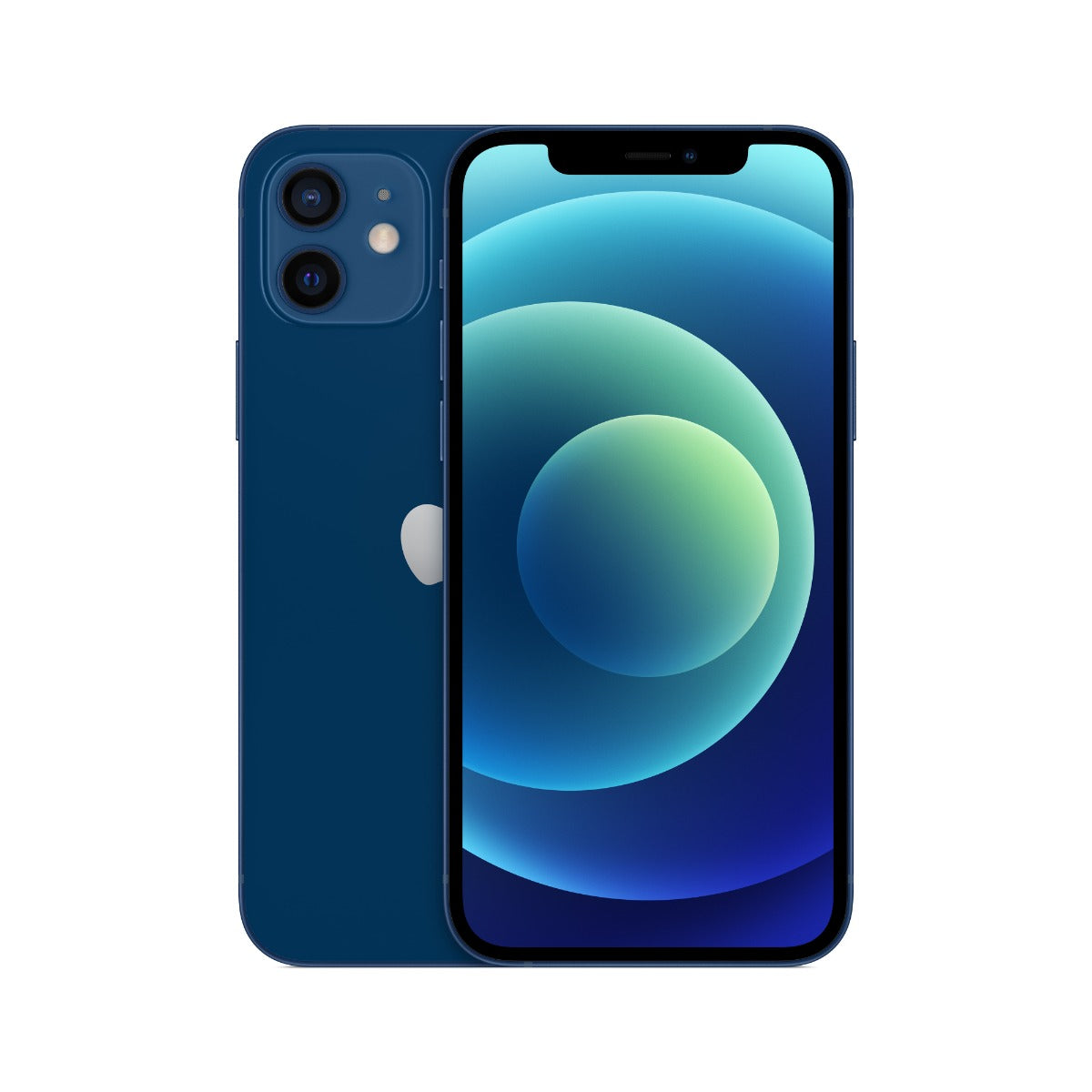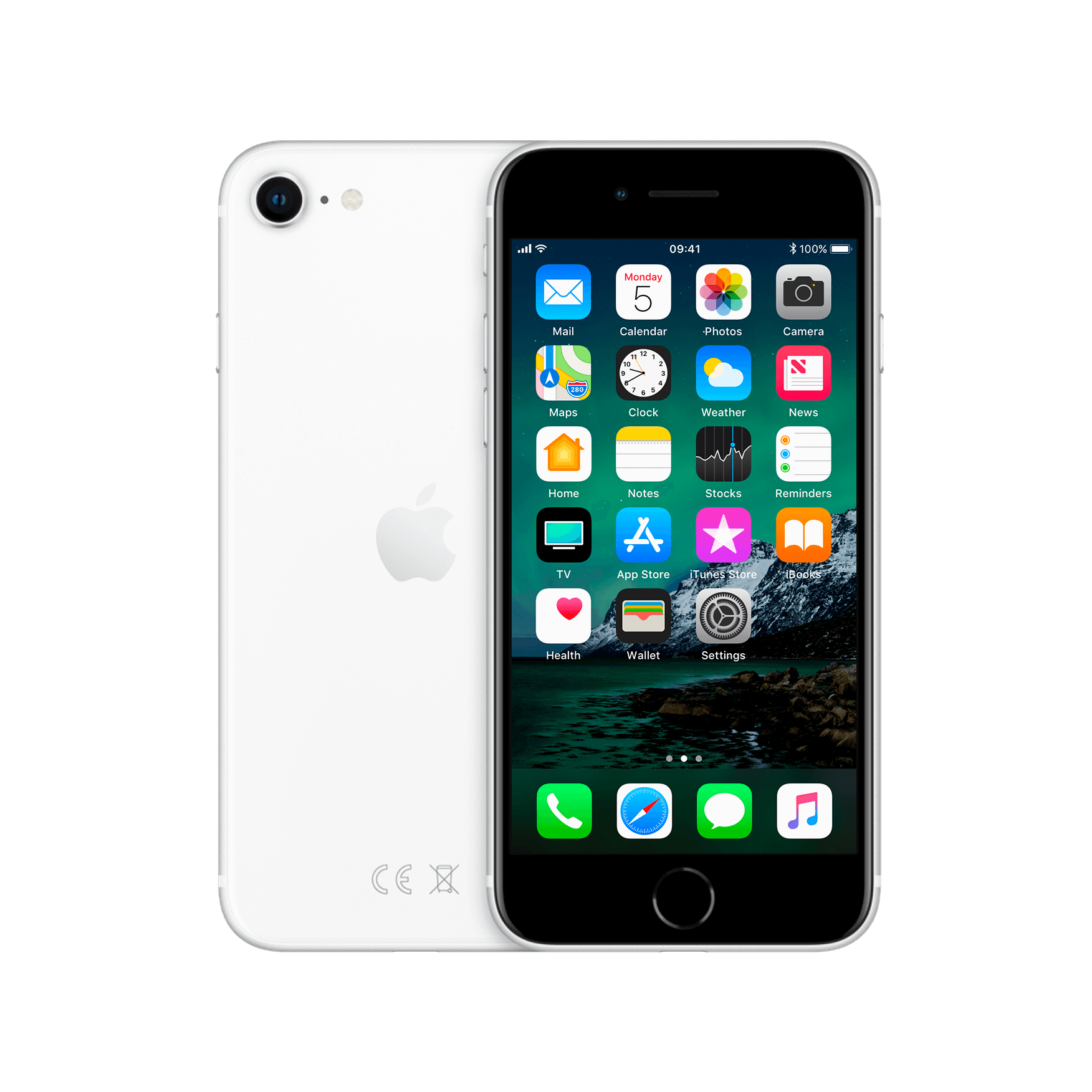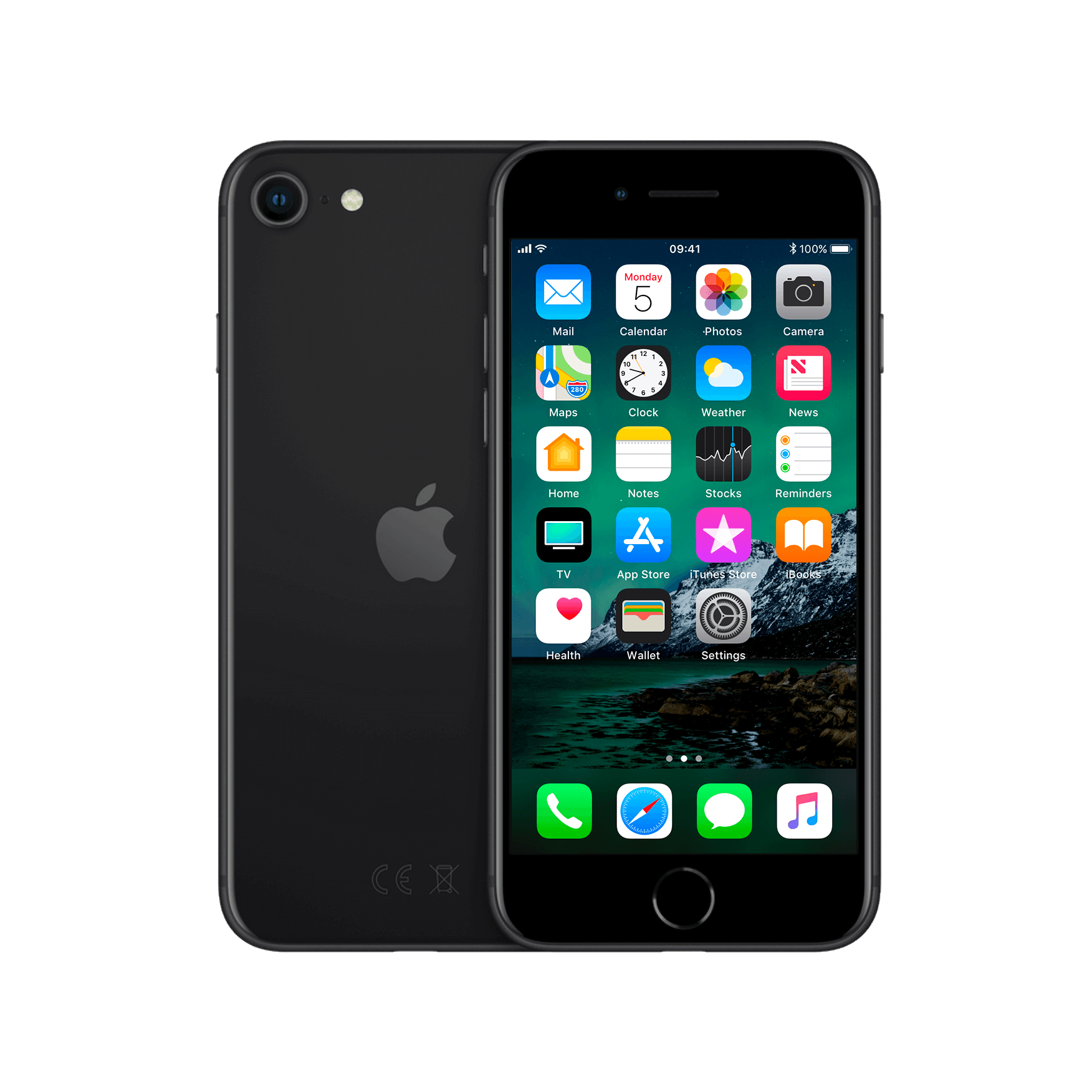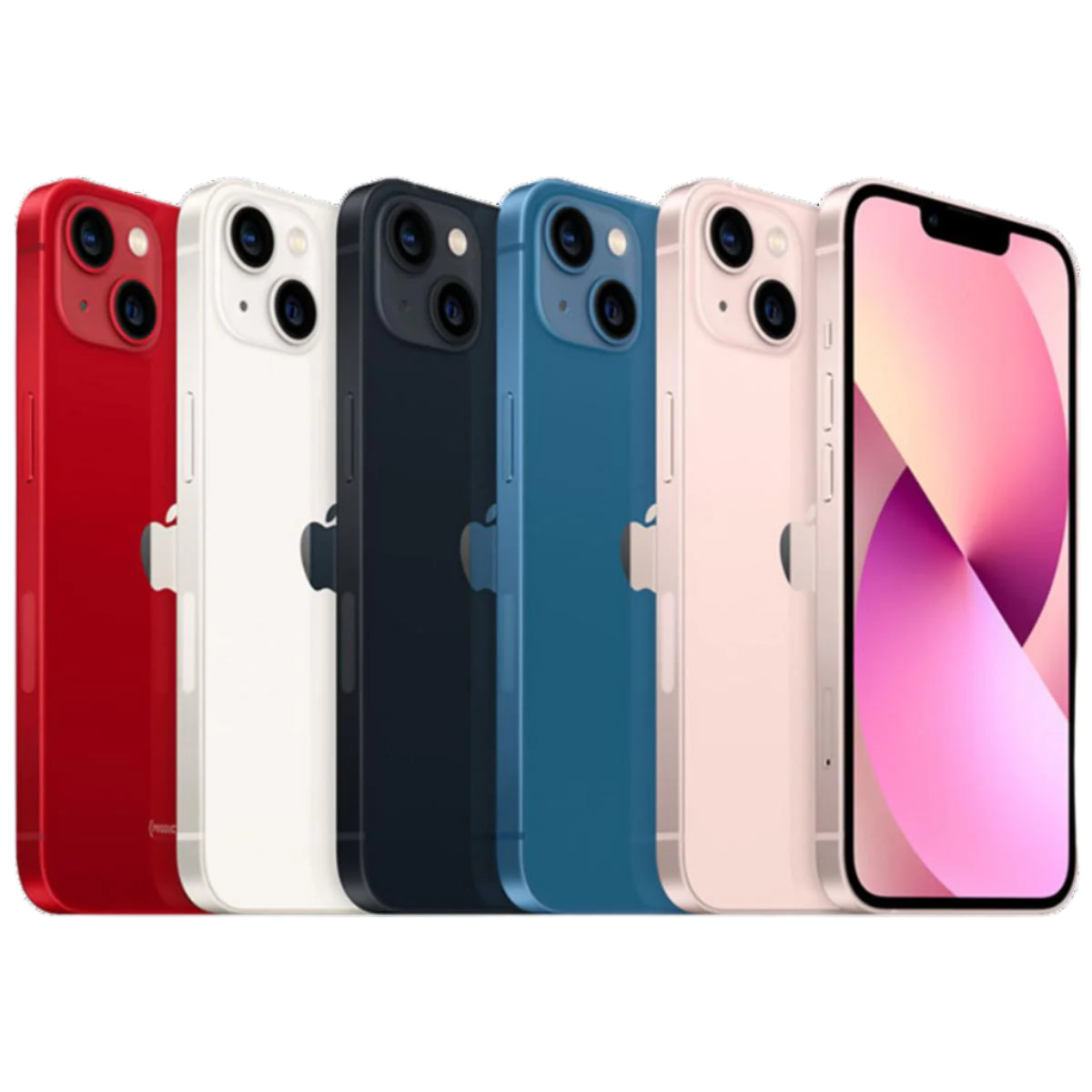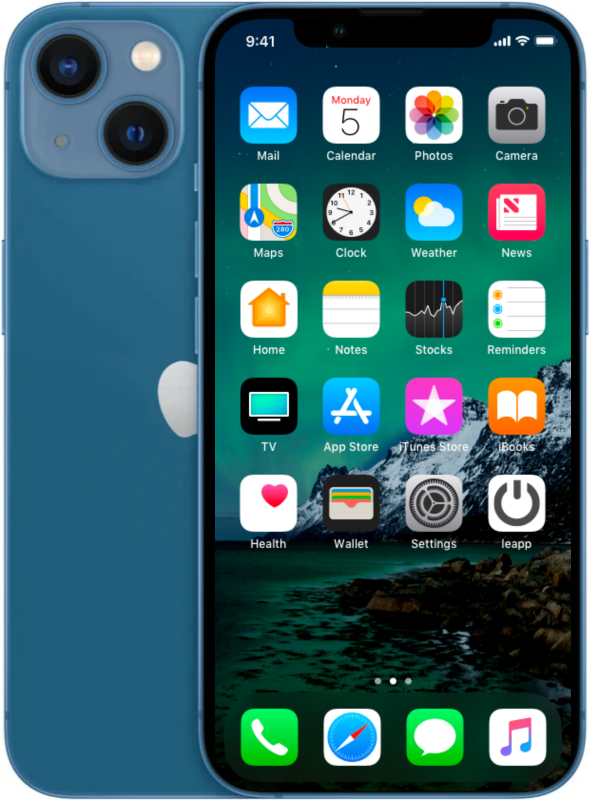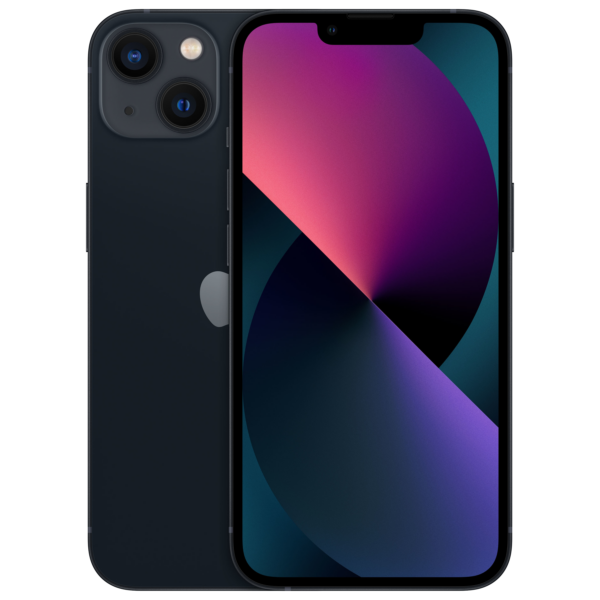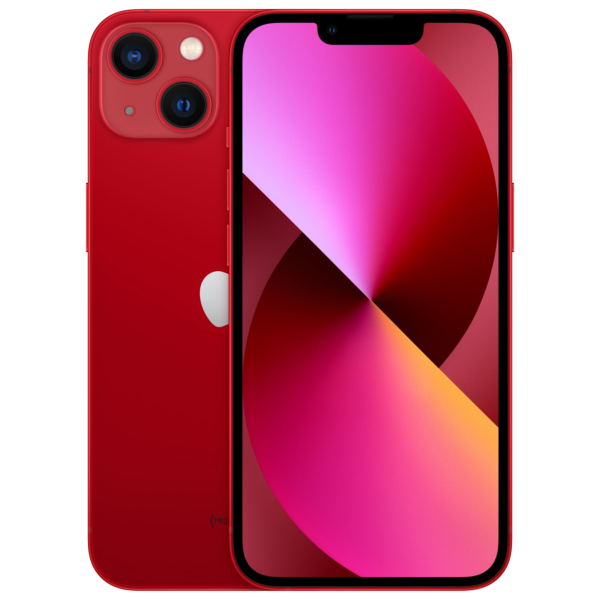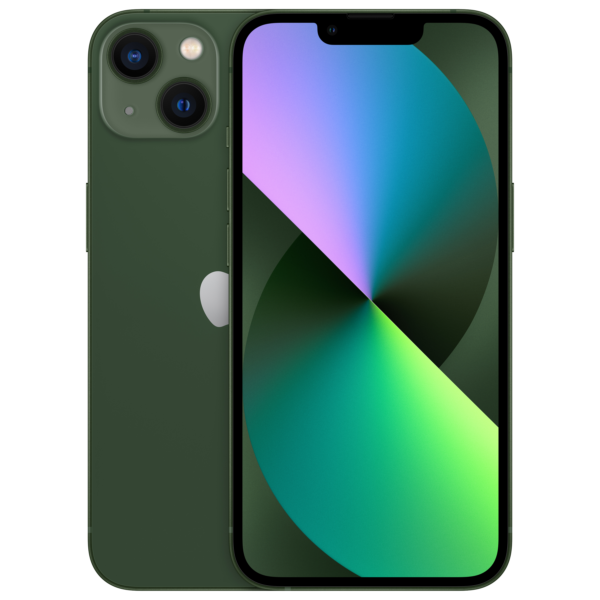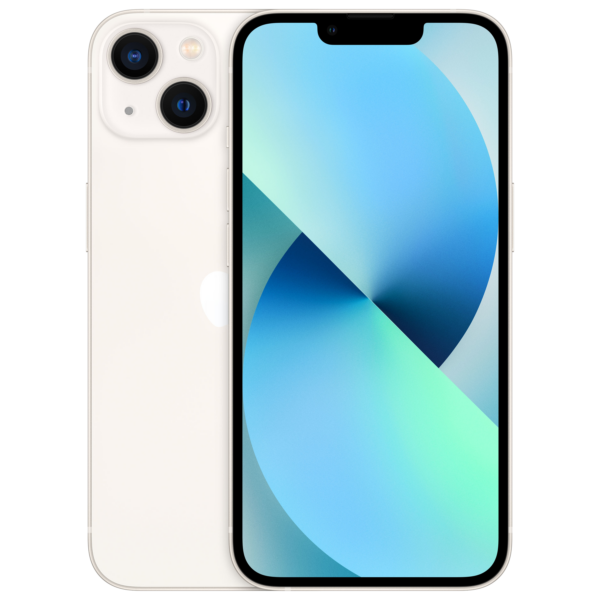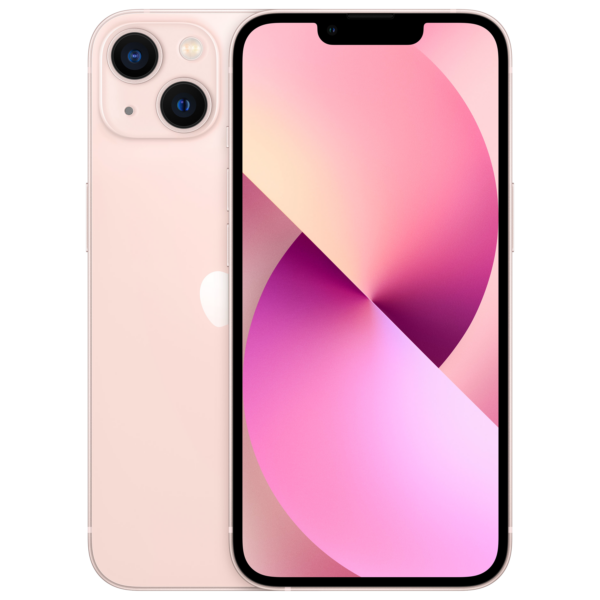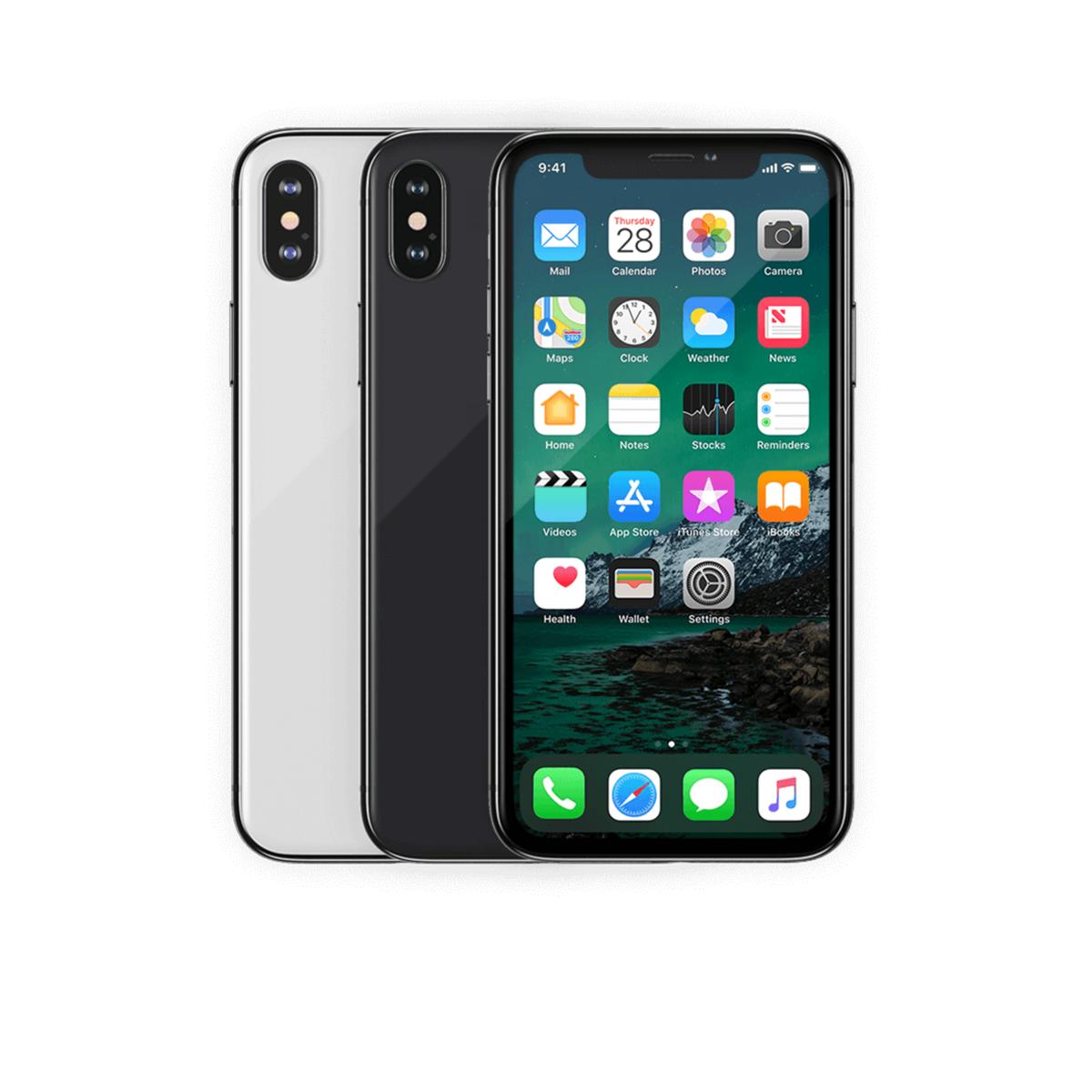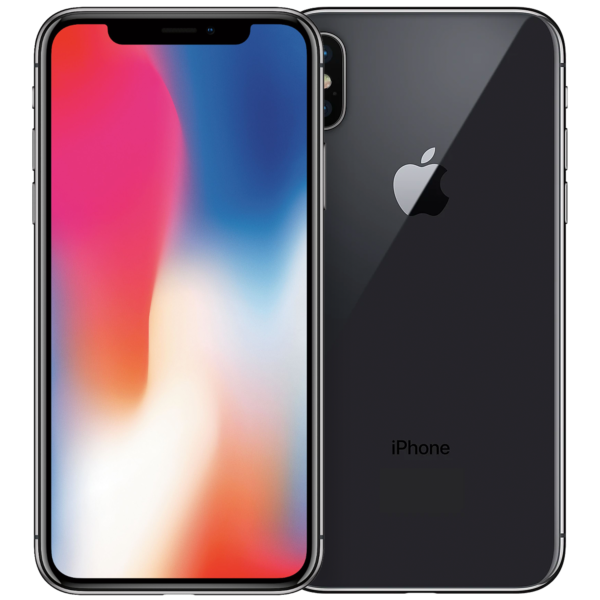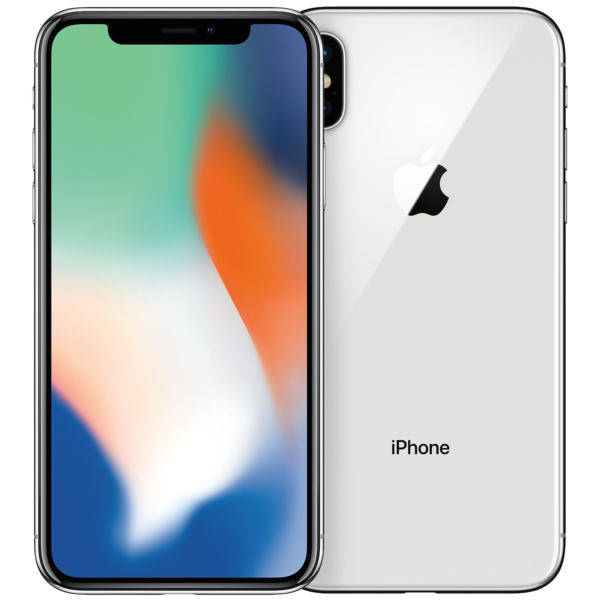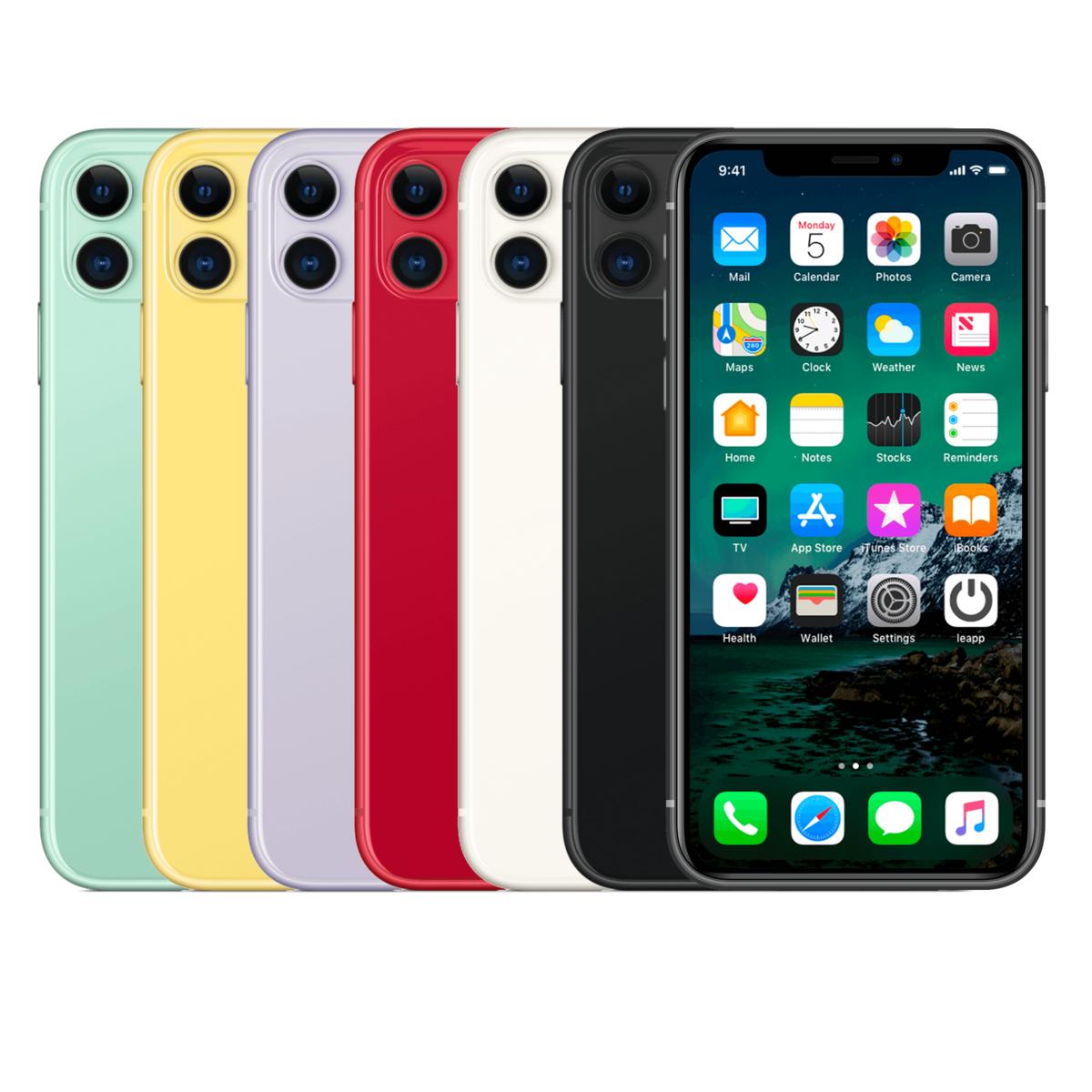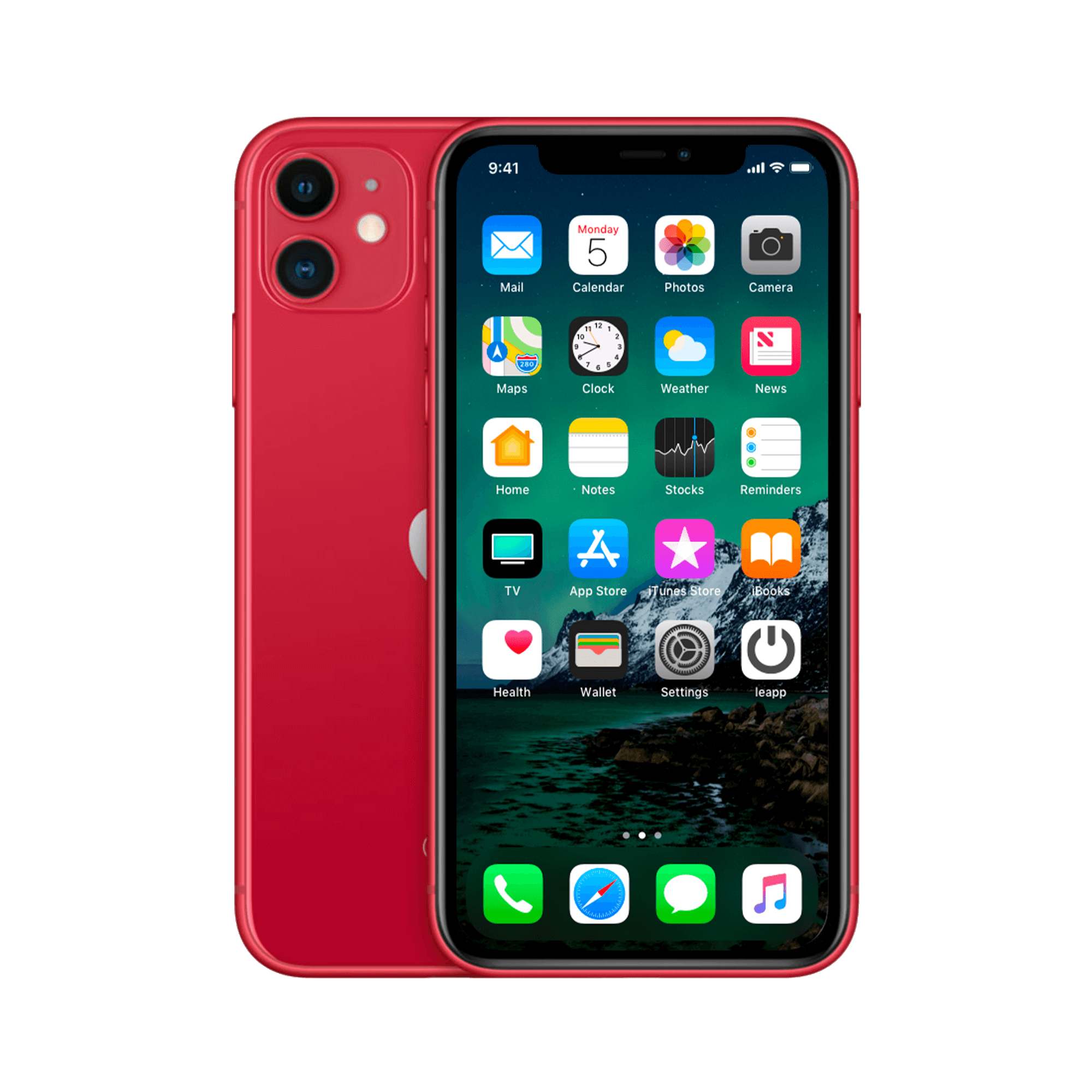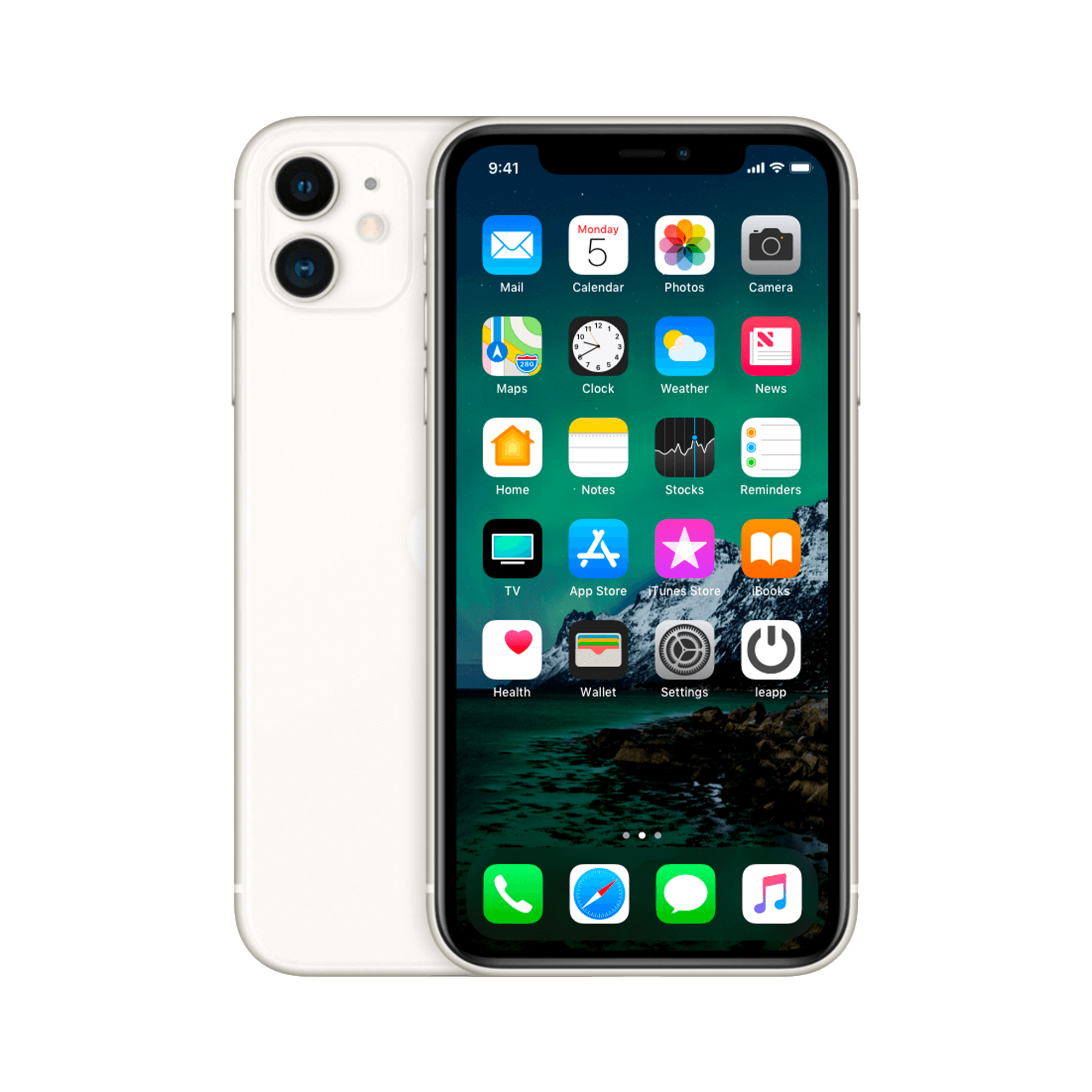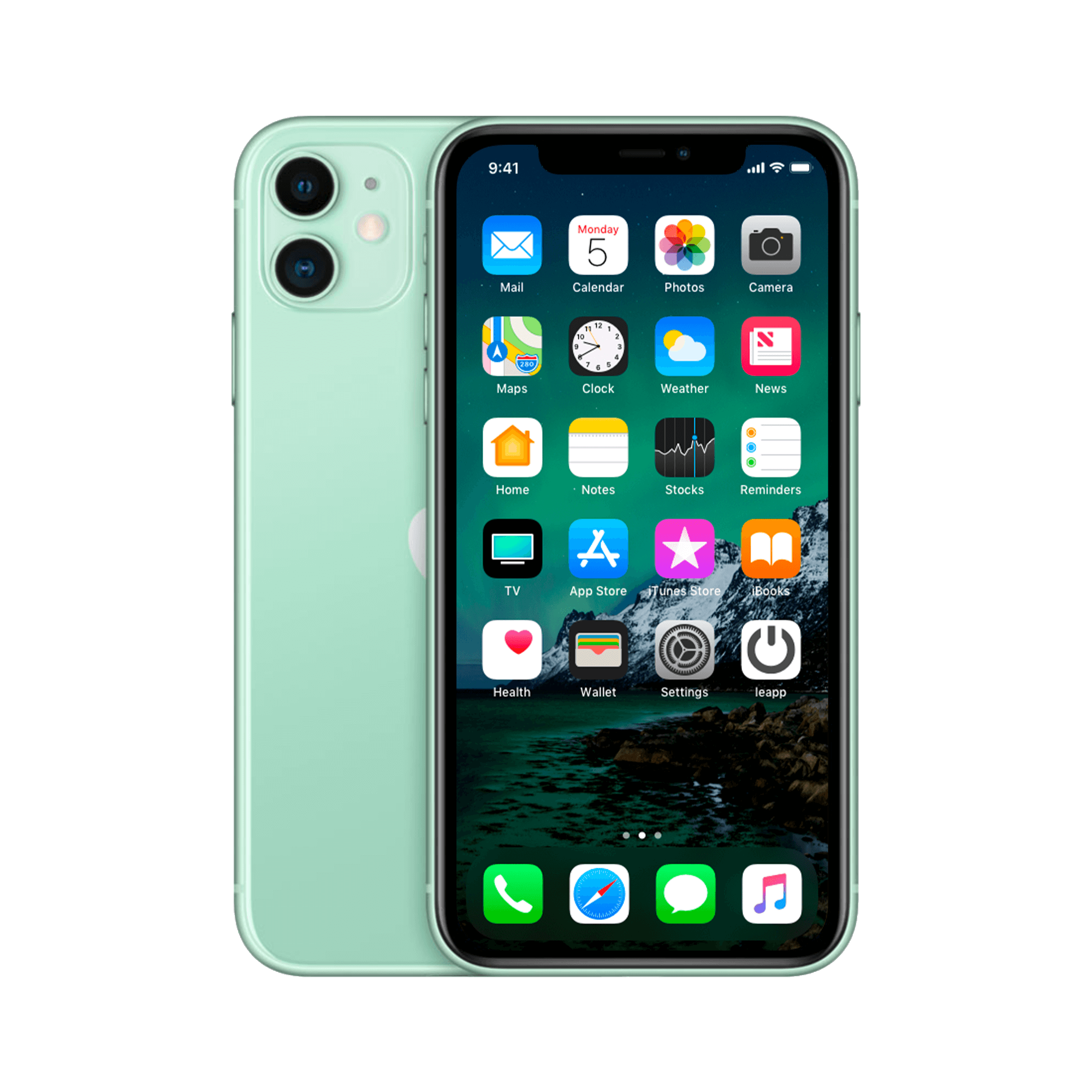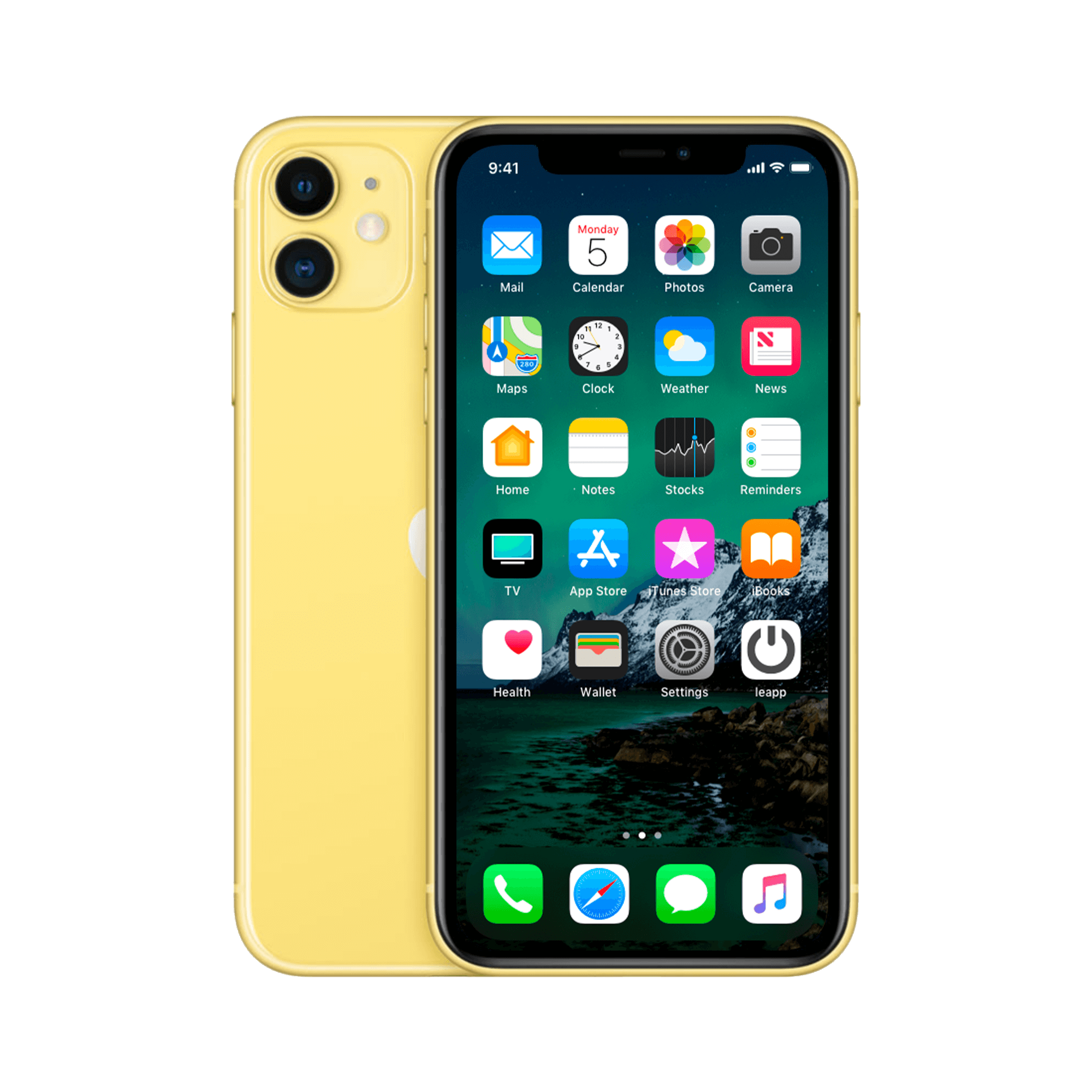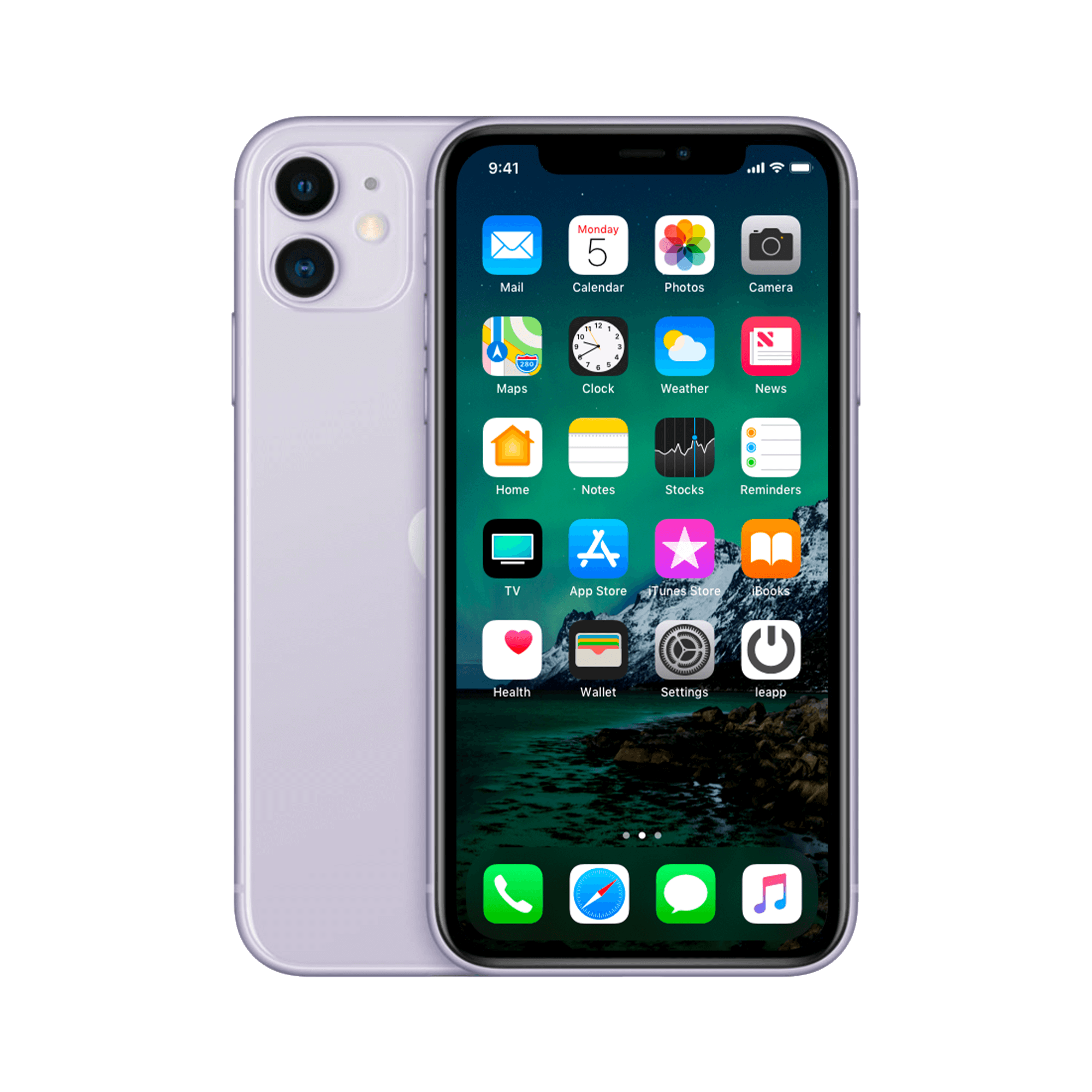iPhone 11, 12, or 13: Which is right for you?
Three generations of iPhone. Three price points. Endless deliberation. You think the choice between the iPhone 11, 12, and 13 is simple: newer is better, right? The 13 has the fastest chip, the best cameras, and the longest battery life. Done.
But here's the twist: for most users, it barely makes a difference . WhatsApping, scrolling, taking photos—an iPhone 11 handles them all just as smoothly as its younger siblings. The real difference isn't in what they can do, but in what you need .
A professional filmmaker? Then the 13's Movie Mode is indispensable. Just looking for a reliable refurbished iPhone for everyday use? Then you might be paying hundreds of euros too much for an 11 or 12. Time to find out which one is truly right for you.
Useful links
Design: more than just a facelift
The evolution of iPhone design tells an interesting story. The iPhone 11 sticks to the familiar design with rounded sides and a matte glass back. This model feels slightly heavier (194 grams) and has vertically positioned cameras. A classic that retains its charm.
The iPhone 12 marks a turning point with its flat aluminum sides – a nod to the iPhone 4 era. At 164 grams, this device feels noticeably lighter. The glossy back remains, as does the vertical camera array.
With the iPhone 13, Apple further refines the concept. The weight increases slightly to 174 grams, but the big advantage lies in the smaller notch. This notch for the front camera shrinks by 20%, leaving more screen space. The diagonal camera array isn't just a design choice; it makes room for larger sensors.
Color options make the difference
Each model has its own color palette. The iPhone 11 offers six options, including purple and yellow. The 12 series introduces a fresh blue and green. The 13 replaces these with pink and a deeper, saturated blue. For those seeking subtlety, all three offer black and white.
Screen technology: what are you actually paying for?
All three models share a 6.1-inch screen size, but that's where the similarities end. The iPhone 11 uses an LCD display with 326 pixels per inch. Fine for everyday use, but place it next to a 12 or 13 inch and you'll immediately see the difference.
The OLED screens of the iPhone 12 and 13 deliver 460 pixels per inch. Blacks are truly black, and colors pop off the screen. HDR content comes alive, especially when watching movies or editing photos. The higher resolution makes text sharper – convenient for extended reading sessions.
Clarity makes the difference outside
The maximum brightness tells a practical story. The iPhone 11 peaks at 625 nits, the 12 at 625 nits for normal content (1200 for HDR), and the 13 takes this to 800 nits native. In practice, this means you can easily read the screen with the 13 even in bright sunlight.
Cameras: When does improvement truly become noticeable?
On paper, all three devices share a 12-megapixel dual-camera setup. The reality is more nuanced. The iPhone 11 has an f/1.8 main camera, while the 12 and 13 use a faster f/1.6 aperture. This difference may seem small, but in dim conditions, that wider aperture captures noticeably more light.
Night mode perfectly illustrates this progress. In the iPhone 11, it only works on the main camera. The 12 expands it to all cameras, including the selfie camera. The 13 perfects it with even shorter shutter speeds thanks to sensor-shift stabilization.
Movie Mode: The Silent Revolution
The iPhone 13 introduces Movie Mode—a feature that professional videographers take seriously. It simulates a shallow depth of field similar to that of DSLR cameras. You can shift the focus between subjects while recording, or adjust it afterward. For vloggers and content creators, this can be a game-changer.
Performance and storage: future-proof or overkill?
The A13 Bionic in the iPhone 11 remains impressively fast. Apps open quickly, games run smoothly, and multitasking is seamless. For 95% of users, this is more than enough.
The A14 in the iPhone 12 offers about 20% more processing power. Machine learning tasks are faster, which you'll notice in photo editing and augmented reality. The A15 in the iPhone 13 adds another 15%, plus an improved Neural Engine for AI tasks.
Storage choices and price consequences
The iPhone 11 and 12 start at 64GB. This is sufficient for those who mainly make calls, use texts, and occasionally take photos. The 13 starts at 128GB – a sensible choice considering the growing file sizes of photos and videos. ProRAW photos and ProRes videos (on the Pro models) consume gigabytes.
Battery life: the silent champion
Apple rarely discloses battery capacity in mAh, but the battery life speaks volumes. The iPhone 11 lasts about 17 hours of video playback, the 12 gets up to 17 hours, and the 13 reaches 19 hours.
In practice, this means all three models will last a workday. However, the 13 has that extra buffer for heavy days. MagSafe charging on the 12 and 13 is convenient but not essential – the included Lightning cable works fine.
5G: Hype or Necessity?
The iPhone 11 only supports 4G. In the Netherlands, where 4G coverage is excellent, you won't notice much of a difference. The iPhone 12 and 13 support 5G, but the practical benefits remain limited to specific locations and use cases.
Streaming and downloading are faster on 5G, but only if your provider supports it and you're in a coverage area. For most users, this is a nice-to-have, not a deal-breaker.
Which one suits your use?
Choose the iPhone 11 if:
- Your budget is limited but you want a reliable iPhone
- You mainly call, text and use social media
- Camera quality is important, but not crucial
- You don't need 5G
Choose the iPhone 12 if:
- You appreciate the modern design with flat sides
- OLED screen quality makes the difference for you
- Want to use your MagSafe accessories?
- 5G is a plus but not essential
Choose the iPhone 13 if:
- Battery life is top priority
- You regularly make and edit videos
- The best camera performance in dim light is important
- You need at least 128GB of storage
Refurbished: the smart middle ground
A refurbished iPhone offers interesting possibilities. A refurbished iPhone 12 often costs the same as a new iPhone 11, but offers better specifications. These devices have been professionally inspected, cleaned, and repaired where necessary. With a warranty and return policy, you minimize your risk.
The price differences are significant. A refurbished iPhone 11 starts at around €359, the 12 from €519, and the 13 starts at €899. For that price difference, you get measurable improvements, but whether they're worth it depends on your priorities.
Conclusion: look beyond specs
The choice between these three generations is about more than just technical specifications. It's about what you actually use and what you value. A photography enthusiast will appreciate the camera differences, while a casual user can enjoy years of use with an iPhone 11.
Keep in mind that all three models will continue to receive iOS updates for years to come. They share the same app ecosystem, work with the same accessories (except MagSafe), and offer the typical Apple experience. The difference lies in the details—details that are crucial for some, insignificant for others.
Conclusion: Usage determines the choice
The differences between the iPhone 11, 12, and 13 are there, but not everyone needs the latest bells and whistles. For everyday use, a refurbished iPhone 11 is perfectly sufficient, while content creators will benefit from the 13's video capabilities.
The smartest advice? Consider your actual usage , not what seems best on paper. A two-year-old model with the right accessories can be just as suitable for you as the latest device.
Ultimately, it comes down to one simple question: which features do you really use?


